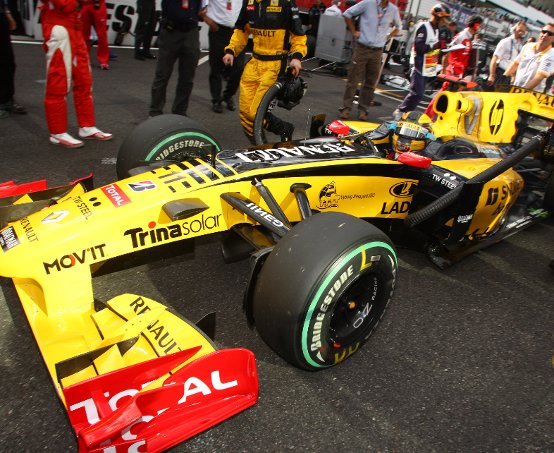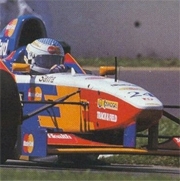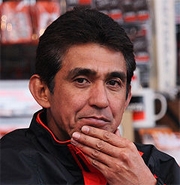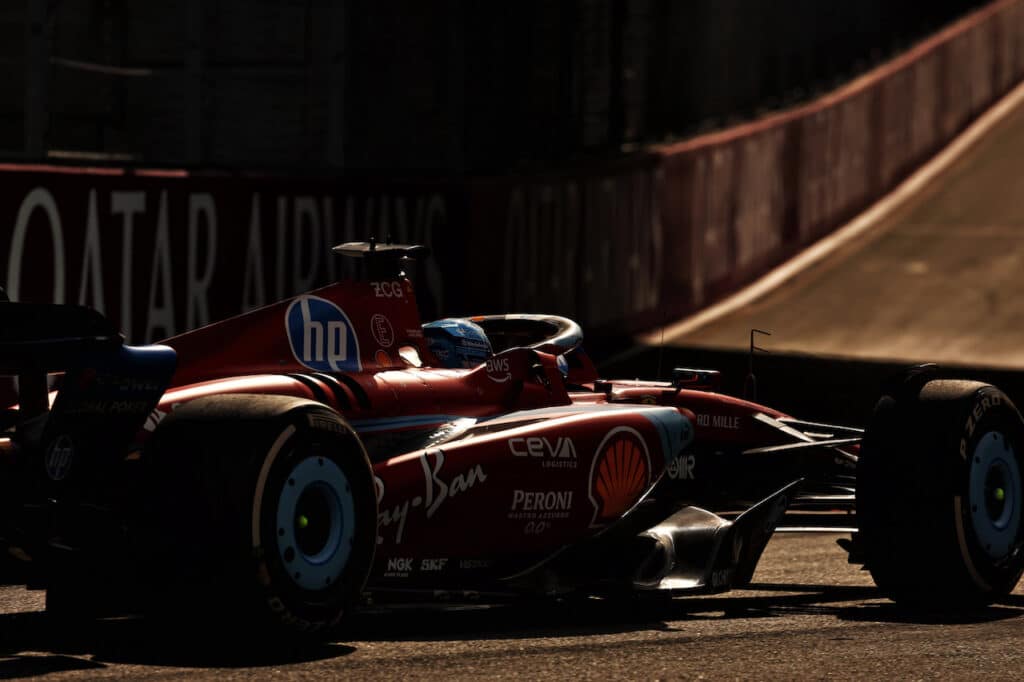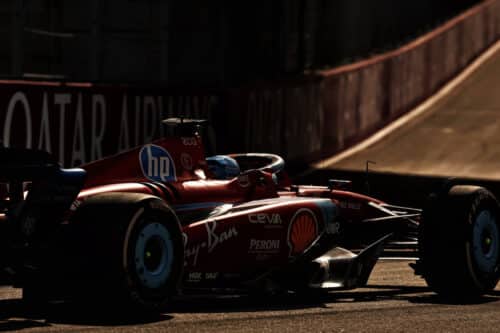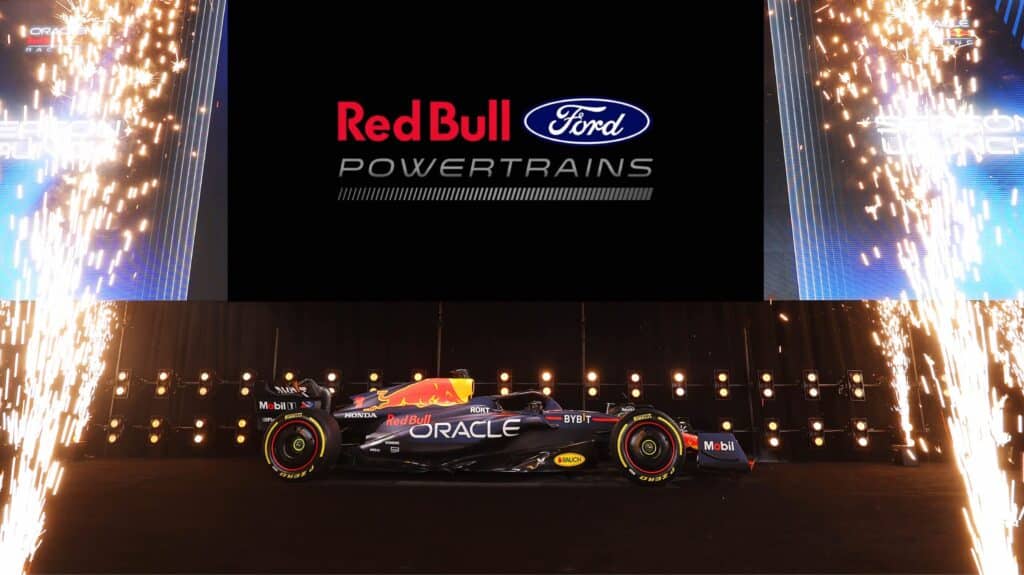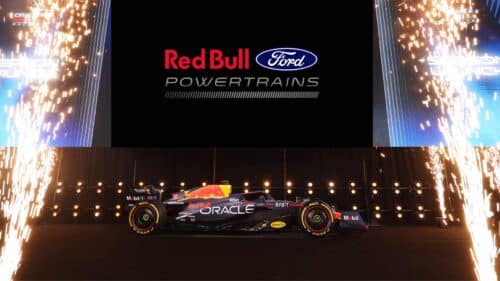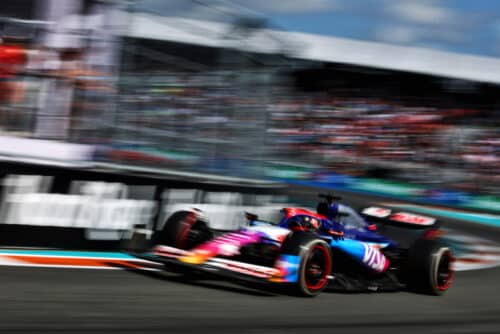Description of the Ferrari F10
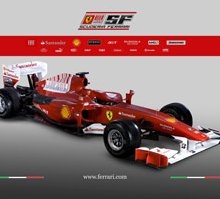
The F10 is the fifty-sixth single-seater built by Ferrari to specifically participate in the Formula 1 World Championship. The name takes up the tradition linked to the year in which the car made its racing debut. The project, characterized by the internal acronym 661, represents the Scuderia's interpretation of the technical and sporting regulations in force this year. The regulatory clarifications provided by the FIA during the last season regarding the diffuser have opened up new scenarios for designers as the liberalization of that area allows potentially obtaining great performance advantages. Compared to the F60, the F10 was obviously created with the aim of maximizing the aerodynamic performance of the double diffuser. Therefore, the engine attachments to the body have been modified in a particular way, as has the shape of the gearbox and the design of the rear suspension. At first glance, you can see that the front part of the body has been significantly raised compared to last year's car and is hollowed out in both the upper and lower central parts, in order to optimize air flow. Another important regulatory innovation concerns the abolition of refueling and the consequent need to have a tank capable of containing the quantity of fuel sufficient to finish the race on any type of circuit. Inevitably the length of the car increased to be able to accommodate the new tank but also to be able to install longer and narrower radiators in order to have bellies with a smaller and higher opening and a more hollowed out shape in the lower part; a further tapering was obtained thanks to the revision of the unconventional shape of the exhausts. The need to start the races with a much heavier car than in the past forced a revision of the fundamental characteristics of the braking system, carried out in collaboration with Brembo, and the relevant cooling system was also redesigned. To increase the safety level of the cars, new impact tests have been introduced for the backrest rib and for the fully loaded tank. In light of some incidents that occurred in the past and the fact that pit stops will have shorter times, the wheel nut has been updated in order to increase safety when releasing the car. The 2010 technical regulation presents other innovations: the homologation for the entire season of some components for the entire season (body, nose, structure for the lateral and rear crash test); the requirement of certain rim dimensions and the prohibition of mounting static flanges on them; the obligation to use less sophisticated materials for the construction of some parts; the limitation of the number of gear ratios available during the championship. Furthermore, some changes came into force - increase in the minimum weight to 620 kg and narrower front tires - which were intended to encourage the use of KERS, a system set aside at least for this year after an agreement between all the teams. This also involved a redistribution of the accessories of the 056 engine, which on the F10 remains in a longitudinal position and maintains its load-bearing function. In addition to the smaller dimensions, the 2010 tires will have different compounds and constructions from those of last year and will only be tested starting from the February tests which, according to the regulations, are limited to 15 days with only one car on track each. These tests will also be very important to confirm the quality of the work done on the consumption front, which has never been as crucial as this year in light of the regulatory changes that have taken place. The whole team - engine engineers, electronics engineers, vehicle engineers, pilots - has worked hard on this aspect which can allow us to obtain significant increases in performance and it is certainly an advantage to be able to count on a very high level and time-tested partnership like that which links Scuderia Ferrari Marlboro to Shell, whose contribution also remains fundamental from a reliability point of view, in particular in the definition of lubricants for both the engine and the gearbox. Before its debut, the F10 was subjected to an intense series of tests on dynamic and static test benches. An important 360° development program is planned, not only in view of the first race in Bahrain but for the entire championship.
if you want to always be updated on our news
Follow us here


